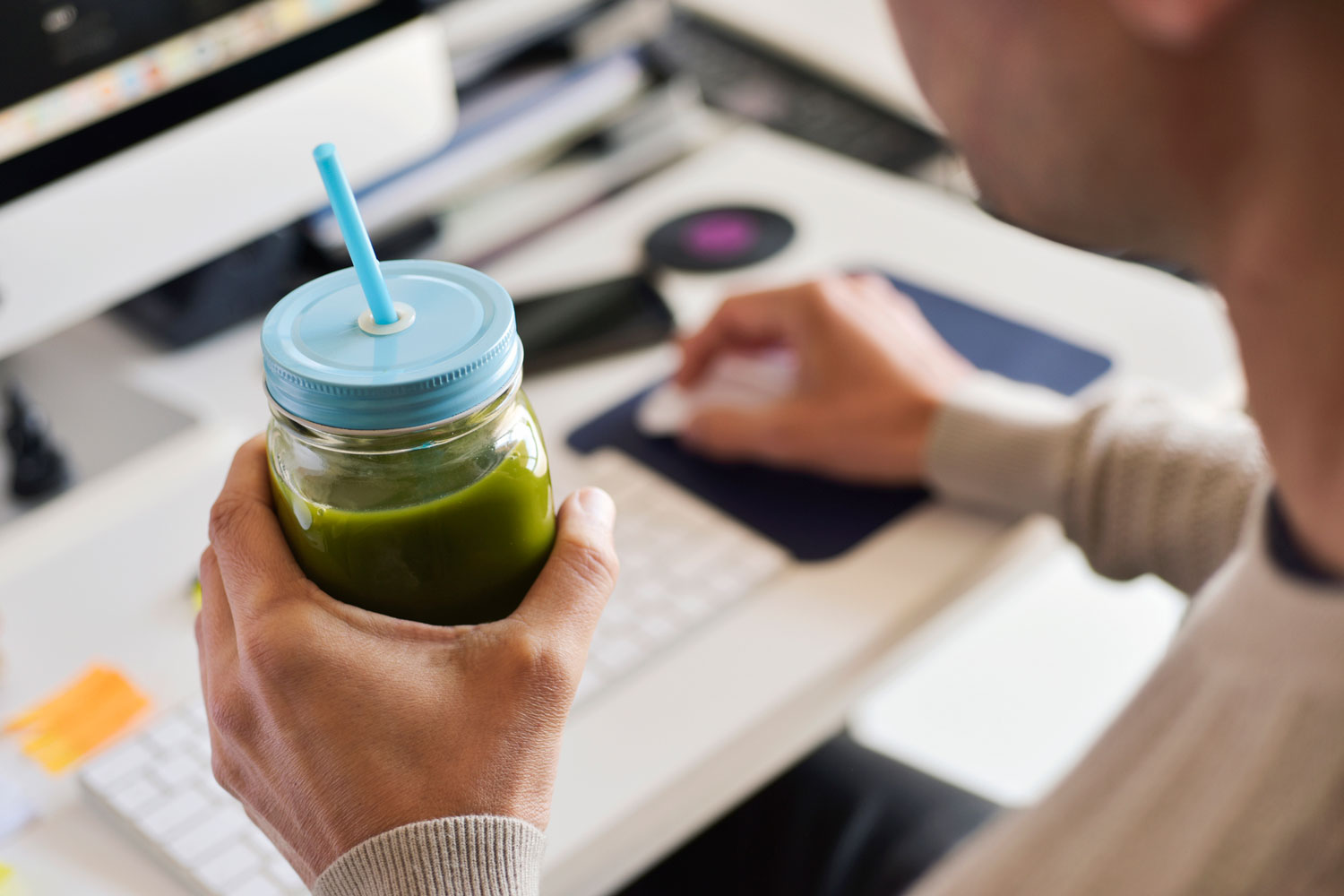VITAMIN D IS A WORKHORSE VITAMIN. It reinforces your bones, bolsters your immune system, and tamps down inflammation.
“The strongest evidence suggests vitamin D may reduce respiratory infections, autoimmune diseases, and even risk of dying from cancer,” says Edward Giovannucci, M.D., a professor of nutrition at Harvard University.
The most efficient way to take in vitamin D is by exposing your bare skin to the sun.
Enzymes in your skin can convert UV rays to vitamin D, but the amount generated depends on your skin colour, where you live, and the time of year.
The recommended intake of vitamin D, however, is not agreed upon just yet. The National Institutes of Health (NIH) says you should shoot for about 600 international units (IUs) per day, but other organisations like the Endocrine Society suggest up to 2000 IUs per day.
What we say: aim for 1,000 IUs per day.
While 600 IU may protect you from deficiency, a little more may help you build up your blood levels of vitamin D so that you can tap its full disease-prevention powers, says Dr. Giovannucci.
And stick with food. Specifically, these foods, which are considering excellent sources of vitamin D.
Fatty fish
The most efficient way to get enough vitamin D in your diet is by eating fatty fish, like salmon and tuna. Eighty-five grams of salmon, for example, packs 447 IUs, while the same amount of tuna gives you 154 IUs, according to the NIH.
Both boast a healthy dose of omega 3s, too, which benefit your brain and heart health. Fish is also a great source of lean protein, she says, making it a great swap if you’re sick of chicken.
Eggs
Eggs, specifically egg yolks, also contain vitamin D. A large egg comes in at about 41 IUs, according to Keri Gans, R.D., author of The Small Change Diet.
That isn’t the only reason to crack one open, though. Eggs also contain vitamin A, which is good for your immune system, and choline, a nutrient essential for your brain health, she says.
Egg yolks also contain pigments called carotenoids (specifically lutein and zeaxanthin), which help keep your eyes healthy, says Megan Casper, M.S., R.D.N., owner of Megan Casper Nutrition.
Beef liver
Squash your squeamishness and give beef liver a chance. “If you’re looking for a budget-friendly, nutrient-dense food that’s high in protein, you may want to give liver a try,” says Casper.
In addition to containing about 42 IUs of vitamin D in every 85g, one serving of liver also contains more than 100 per cent of the daily recommended intake of a slew of other essential vitamins like B12, A, riboflavin, and copper.
Milk
Milk is one of the best ways to get vitamin D several times throughout the day, because you’re likely not eating salmon morning, noon, and night. Milk is fortified with vitamin D, so one cup contains anywhere from 115 to 124 IUs.
Milk also Delivers one of the most highly absorbed forms of protein, in addition to calcium, which is great for your bone health. Milk also has potassium, a mineral that many don’t get enough of, but is necessary for healthy blood pressure, says Ansel.
If you’d rather go with a dairy-free option, many brands of soy and almond milk are fortified with vitamin D, too.
Mushrooms
Mushrooms are the only food you’ll find in the produce aisle that contains vitamin D, says Gans. Though mushrooms provide small amounts of vitamin D (about 1 IU for a medium white one), they are also loaded with nutrients that boost your immune system, she adds.
Orange juice
Just like milk, orange juice is fortified with vitamin D, says Ansel, and just one cup contains around 137 IUs.
What’s more, that same amount can serve you an entire day’s worth of vitamin C. Just be mindful of your servings. “An 8-ounce (240ml) glass is all you need to keep sugar under control,” she adds.
This story originally appeared on Men’s Health U.S.
Related Articles:
















